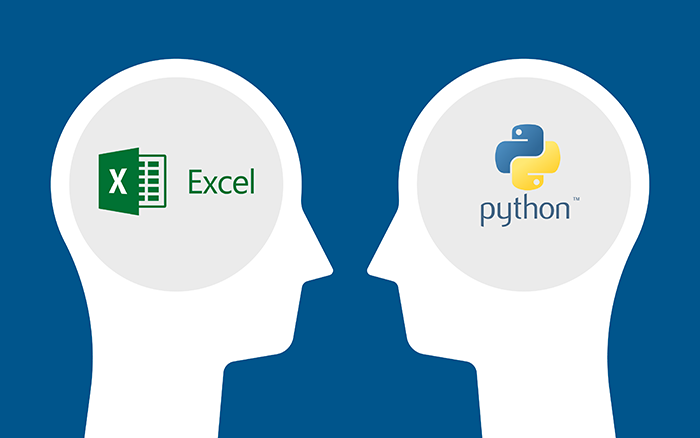How to Choose the Best Data Analysis Tool: Python vs. R vs. Excel
In today’s data-driven world, selecting the right tool for data analysis is crucial for efficiency, accuracy, and performance. Among the most popular choices are Python, R, and Excel—each offering unique strengths depending on the type of analysis, industry, and user expertise. So, how do you decide which tool is best for your needs? Let’s break it down.
Python: The Powerhouse for Data Science & Automation
Python is widely used for data analysis, machine learning, and automation. It is favored by data scientists and analysts due to its flexibility and vast ecosystem of libraries.
Pros:
- Extensive libraries (Pandas, NumPy, Matplotlib, Scikit-learn) for data manipulation, visualization, and machine learning.
- Highly scalable and supports automation for repetitive tasks.
- Ideal for handling large datasets and advanced statistical analysis.
- Open-source and has strong community support.
Cons:
- Requires programming knowledge, making it less beginner-friendly.
- Can be slower for certain tasks compared to specialized tools like SQL.
Best For: Data scientists, machine learning engineers, automation tasks, and handling big data.
R: The Statistician’s Choice
R is designed for statistical computing and is widely used in academia, research, and data visualization.
Pros:
- Powerful statistical and graphical capabilities.
- Specialized libraries (ggplot2, dplyr, tidyr) for data visualization and manipulation.
- Excellent for academic research and hypothesis testing.
Cons:
- Steeper learning curve compared to Excel.
- Slower than Python when handling very large datasets.
Best For: Statisticians, researchers, and professionals working with complex statistical analysis.
Excel: The Beginner-Friendly Analysis Tool
Microsoft Excel is one of the most widely used data analysis tools, especially in business and finance.
Pros:
- Easy to use with an intuitive interface.
- Great for basic data analysis, visualization, and pivot tables.
- No programming skills required.
Cons:
- Limited scalability for handling large datasets.
- Lacks advanced automation and statistical analysis capabilities compared to Python and R.
Best For: Business analysts, finance professionals, and users who need quick insights without coding.
Which One Should You Choose?
- If you need automation, scalability, and machine learning: Go for Python.
- If you’re working with statistical models and research: Choose R.
- If you need quick and simple analysis with a user-friendly interface: Excel is your best bet.
Final Thoughts
Each of these tools has its strengths, and the best choice depends on your specific use case. At I4 Tech Integrated Service, we offer expert training and consultancy in Python, R, and Excel to help businesses and professionals maximize their data analysis capabilities. Whether you’re a beginner or an advanced analyst, we can guide you to the right tools and techniques for success. Contact us today to start your data analysis journey!


